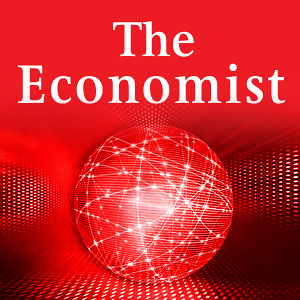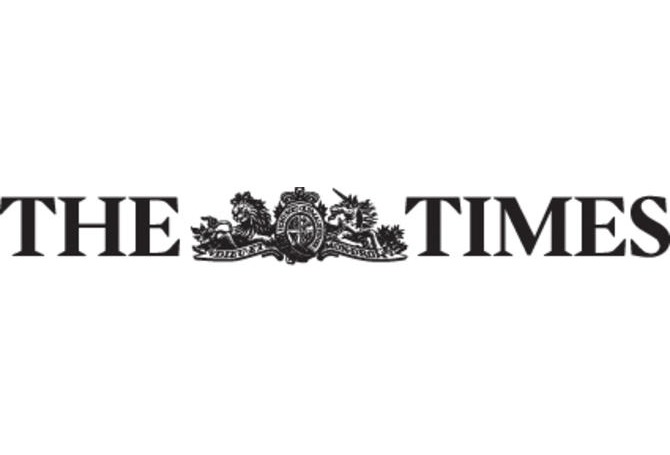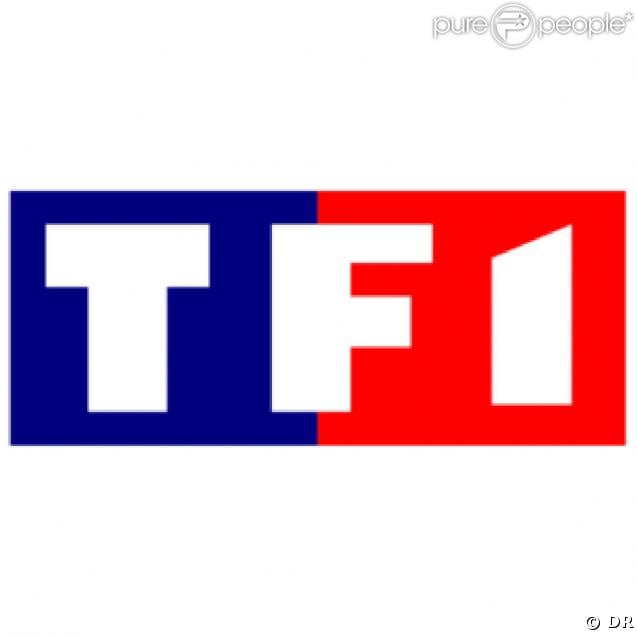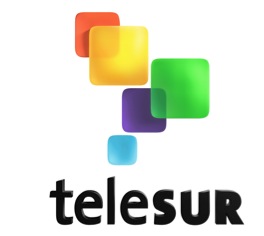Eight operators connect to WAC

Exactly a year on from the formation of the Wholesale Applications Community (WAC), today saw eight major operators announce they are now connected to the WAC platform.
China Mobile, MTS, Orange, Smart, Telefonica, Telenor, Verizon and Vodafone are the carriers ready to offer services. “We are looking to add at least another eight operators to the platform this year,” WAC CEO Peters Suh told a press conference at Mobile World Congress.
The early WAC apps are based on the initial WAC 1.0 specification launched last year, while yesterday also saw the launch of the new 2.0 spec, which supports HTML5 web applications with multimedia capability. The initiative promises in-app billing support and user identification in version 3 of the spec, available this coming September.
At a press conference which featured representatives from Vodafone, AT&T, Ericsson (launching a white-label storefront already offered by Telenor), Orange, KT, Samsung and Telefonica, it was COO Julio Linares from the Spanish carrier who was the first to attempt to counter any cynicism from the attending press. “There was a lot of doubt a year ago that so many different companies in the industry could move at speed,” said Linares. “We are all moving at the right speed.”
Other areas of debate at the press conference focused on whether operators with multiple app offerings will begin to merge their stores into a unified WAC service. Vodafone Europe CEO Michel Combes said that its app offerings are now WAC compatible in all its countries, while Telefonica’s Linares noted that the operator has started implementing WAC in its home country of Spain and plans to roll out across all its operations in future.
The representatives were also keen to stress that the 12,000 apps currently available via WAC were focused on both the feature phone and smartphone markets. “We really want to extend apps to feature phones and unlock data usage in that space,” said Vodafone’s Combes.
Meanwhile WAC’s Suh stressed that the initiative has the support of the device community, including Huawei, LG, Samsung, Sony Ericsson and ZTE. In a statement, it was noted that both Samsung and LG “will be further driving uptake of WAC by ensuring that all devices produced by the two companies that are capable of supporting the WAC runtime will do so.”
==================================================
Mega operators back LTE convergence

The world of LTE has undergone change with the announcement by a group of the world’s largest operators that they will support and promote the convergence of the two LTE standards, TD-LTE and FDD LTE.
Speaking at the LTE TDD/FDD International Summit in Barcelona this afternoon, the chairmen of China Mobile, Bharti Airtel and Softbank outlined their enthusiastic support for an industry initiative to bring about the convergence of the TD and FDD variants.
Commenting on the formation of the Global TD-LTE Initiative (GTI), the chairman of China Mobile, Wang Jianzhou, said that converging TD and FDD would bring about an economy of scale that would have support from the global industry.
“The goal of GTI is to align all partners to build a strong and thriving TD-LTE ecosystem, promote the commercial deployment worldwide and provide the most economically mobile internet product.” Wang added that it was very important that the convergence followed a synchronised development path for both TD and FDD-LTE. “Therefore, we’re here today to initiate an open platform for TD-LTE for the global industry.”
These messages were echoed by Sunil Mittal, chairman of India’s Bharti Airtel, adding that the formation of the GTI was a historic moment, but absolutely necessary. “This announcement may put the final nail into WiMAX’s coffin,” observed Mittal.
The success of this planned convergence, according to Masayoshi Son, chairman and CEO of Softbank, would be due to lower costs and higher speeds. “That’s why we’re supporting TD-LTE for the next generation – it has lower cost, provides higher speeds and is more frequency efficient.”
Son also pointed towards the importance of volumes when it comes to deciding what standard would gain acceptance. “Asia has two-thirds of the world’s population – so you can guess where the biggest volumes will be of the future.”
The GTI, which is designed to run for two years and will work closely with the GSMA and NGMN organisations, also has the support of Vodafone, US WiMAX operator Clearwire, Area2 and E-Plus. Other operators and technology vendors interested in joining the convergence initiative would be welcomed, stated the GTI.
=======================================
RIM preps LTE PlayBook tablets
After much industry gossip, RIM has made public its plans for adding HSPA+ and LTE capability to its PlayBook tablet. The company confirmed that, in addition to its existing Wi-Fi-enabled tablet, it would shortly launch a dual Wi-Fi/WiMAX version, and then during the second half of 2011 PlayBooks supporting Wi-Fi/HSPA+ and Wi-Fi/LTE.
The company’s MD for EMEA, Patrick Spence, told Show Daily that the PlayBook was a leap in innovation. “The PlayBook has a dual-core processor that enables it to run a multi-threaded and multi-tasking OS, together with support for Flash, HTML5 and open internet standards.”
“We’re calling the PlayBook the first professional tablet for people that want to get things done.”
Spence claims that many of the tablets available today are very consumption-oriented. “Whereas the PlayBook can be used to create content and allow users to access email within the enterprise. It can also serve as a companion device so that business people don’t need to carry a laptop to remain productive.”
The company said that the PlayBook can support applications such as WP, email, spreadsheet and Powerpoint and effectively replace laptops used by many corporate users. RIM maintained that it had already seen a high level of interest from enterprise customers to replace existing laptops with PlayBooks.
“We think we’ve got a simple proposition with a connection to the Blackberry handset, with the PlayBook’s bigger screen allowing better composition and editing,” said Spence. “This will make the PlayBook more useful than the basic functionality that comes with other tablets.”
While not wishing to release the price of the PlayBook, other than it being competitive, Spence confirmed that the Wi-Fi version would be shipping this quarter in the US, and then becoming available in other markets from the second quarter. The Wi-Fi/WiMAX model will be offered in the US by Sprint starting this summer.
=======================================
ZTE launches new flagship Android, aims for the high-end
ZTE took the wraps of a new flagship Android smartphone at Congress yesterday and vowed to ramp up its focus on the “middle to high-end” devices market. EVP He Shiyou told reporters that ZTE had “successfully entered” the high-end markets in Europe and Japan and had also had “breakthroughs” with tier-one operators in the US. He noted that the Chinese vendor shipped 90 million devices globally in 2010, a 50 percent increase over the previous year, citing an IDC study that placed ZTE as a top five handset vendor as a result. Signature models such as the ZTE Blade and ZTE Light are available in more than 30 countries worldwide.
Key to ZTE’s progress has been its ability to sell smartphones at low price points. “We believe that the key to making the mobile Internet widely available is to lower the entry threshold,” said He Shiyou. As part of its new strategy, ZTE said it would “accelerate its expansion of the smart devices portfolio with its latest smartphones, tablets, and Internet box devices, in order to build a comprehensive Smart Information Platform.”
The vendor’s new flagship phone – the ZTE Skate (pictured) – is described as a “fashionably thin and lightweight” 4.3-inch touchscreen Android device. It features an 800MHz processor, HD display and 5-MP camera. It will be available globally from May. ZTE also showcased three new devices in its Light tablet range, including a new 10-inch device based on Android 3.0 (Honeycomb) due for launch in the third quarter.
He Shiyou also underlined ZTE’s commitment to the WAC initiative, noting that the vendor will have a number of “open platform products” based on the WAC standards available in the first half of this year. Among its WAC-enabled smartphones is the F952, which ZTE is showcasing this week.
=========================
Telstra to launch LTE by year end
Ericsson is supporting the infrastructure upgrade in what is expected to be the first LTE deployment at 1800 MHz. Sierra Wireless will supply dual-mode dongles that will fall-back to Telstra’s HSPA+ Dual Carrier network outside the new LTE coverage areas.
On Thursday, Telstra will participate in the GSMA-organised seminar to promote the building of an eco-system for HSPA and LTE in the 1800MHz band. This seminar takes place on Thursday in Hall 2 Mezzanine, Room D.
==========================
Microsoft CEO positions WP7 as the choice for operators
According to Ballmer, Microsoft is “working to ensure that the mobile operators can add value over and above connectivity, distribution and customer service. Windows Phone will continue to be the best place for mobile operators to add value.”
Ballmer’s comments follow recent reports that a number of tier-one operators have expressed concern about the increasing strength of Apple and Google in the mobile ecosystem, particularly with regard to delivering services to high-value smartphone customers. Microsoft is now positioning itself as the best possible alternative to this, aided by the support of the global number one handset manufacturer – with numbers two and three also having WP7 devices available.
Nokia’s Elop underlined this sentiment, stating that the alliance is “good news for operators because we are in the situation where we can actually create that third ecosystem, and create and entirely different situation than was appearing before. This also allows operators to offer more choice to the ultimate consumers, which is important.”
The Nokia CEO also said that: “Nokia has had a long-standing relationship with operators all over the world. We understand what it means to be the most friendly partner for operators.”
While the relationship between Microsoft and Nokia understandably dominated much of the event, Ballmer also made reference to other partners in the Windows Phone ecosystem. “Today we are working hard and we work successfully with OEM partners like Samsung, LG, Dell, HTC – who we have worked with now for about 14 years – and many others to deliver incredible experiences,” he said.
A passing reference was also made to the fragmentation which is becoming apparent in the Android ecosystem: “the Windows Phone platform, like any other platform, will only thrive with scale and variety. And we are going to work with our partners to bring their best innovations into our platform, while also working to ensure that their innovation does not lead to the kind of fragmentation for developers that other platforms in the phone arena are currently experiencing,” Ballmer said.
With devices from Nokia on the horizon, and a “significant” update to the platform scheduled for later this year, Ballmer also talked-up the potential for third-party apps developers. “Additional volumes mean additional returns” for these partners, he noted. Following the launch of the platform late in 2010, there are now 8,000 apps available for consumers.
========================
Twitter must “work like water” on mobile, says CEO
Twitter CEO Dick Costolo used his special keynote address at Congress today to call on the mobile industry to more tightly integrate the social networking service into devices. He claimed that every device on show this week – from the highest-end smartphone to the least expensive SMS-only phone – was currently capable of supporting Twitter but noted that the experience was often different between platforms. “The experience has to be the same; we don’t want users having to relearn Twitter,” said Costolo, who stated that his vision of Twitter was to make it work like water – “It needs to work the same way in the bathroom as it does in the kitchen. Instantly useful and simple.”
Twitter is using this week to meet with operators and device makers to work on embedding the service deep into devices to create what Costolo called a “single sign-on experience” and closer integration with phone features such as cameras. He noted that 40 percent of all tweets now originate via mobile devices, while 50 percent of all active users access the service via more than one platform.
Costolo also used his address to announce a crowdsource translation platform that will allow users to translate tweets into local languages. The platform will initially support Russian, Indonesian and Turkish languages with Portuguese to follow soon.
Elsewhere, Costolo revealed some impressive stats on recent Twitter usage. More than 4,000 tweets per second were registered towards the end of last week’s Super Bowl, though the record is the 6,000 tweets per second recorded in Japan at midnight on New Year’s Eve. Costolo said that the spike in Twitter usage during sports events and TV programmes such as Glee in the US and the X-Factor in the UK is proof that Twitter had effectively already created its own advertising platform. “We have become that second [interactive TV] screen,” he said.

































